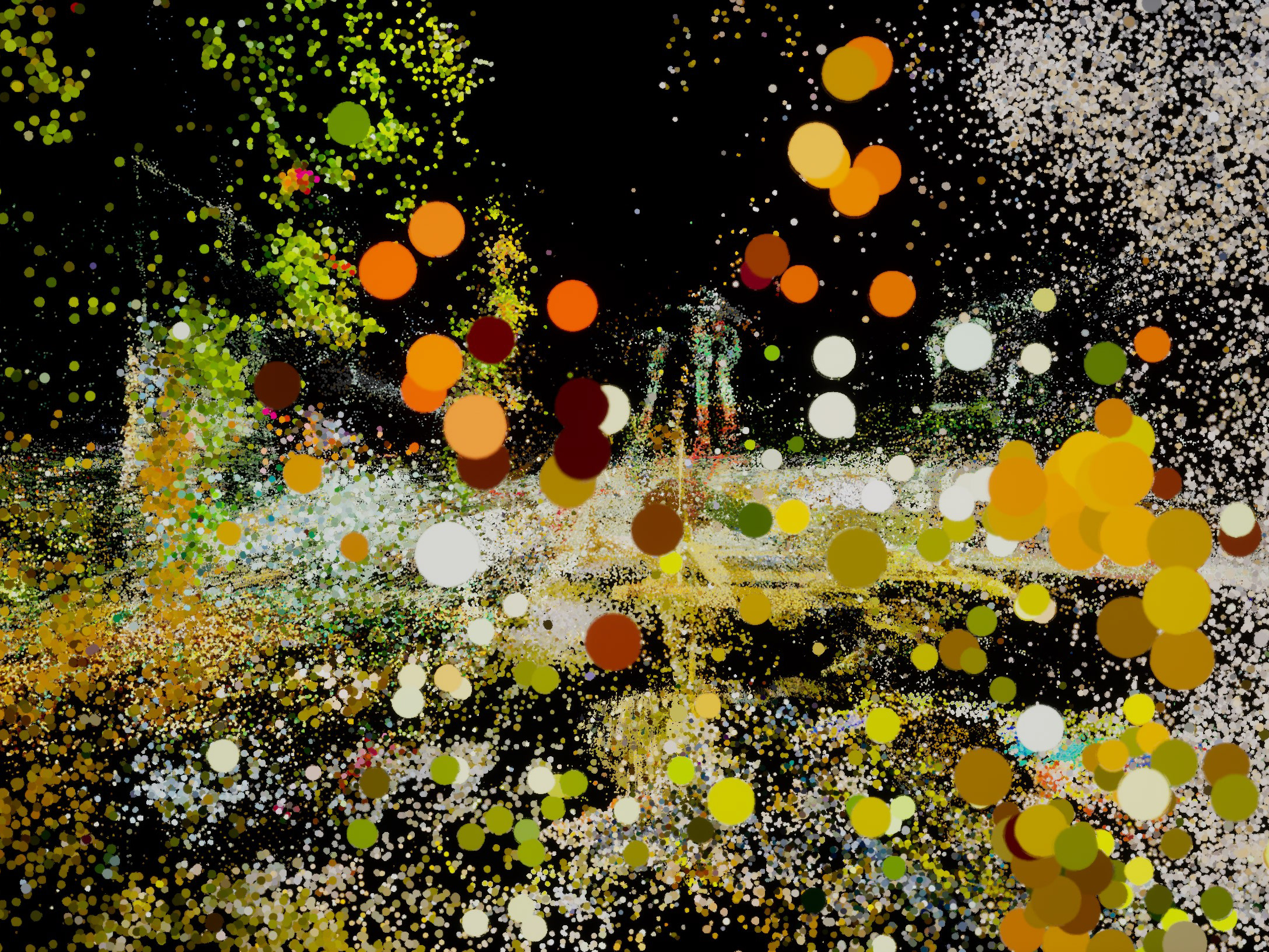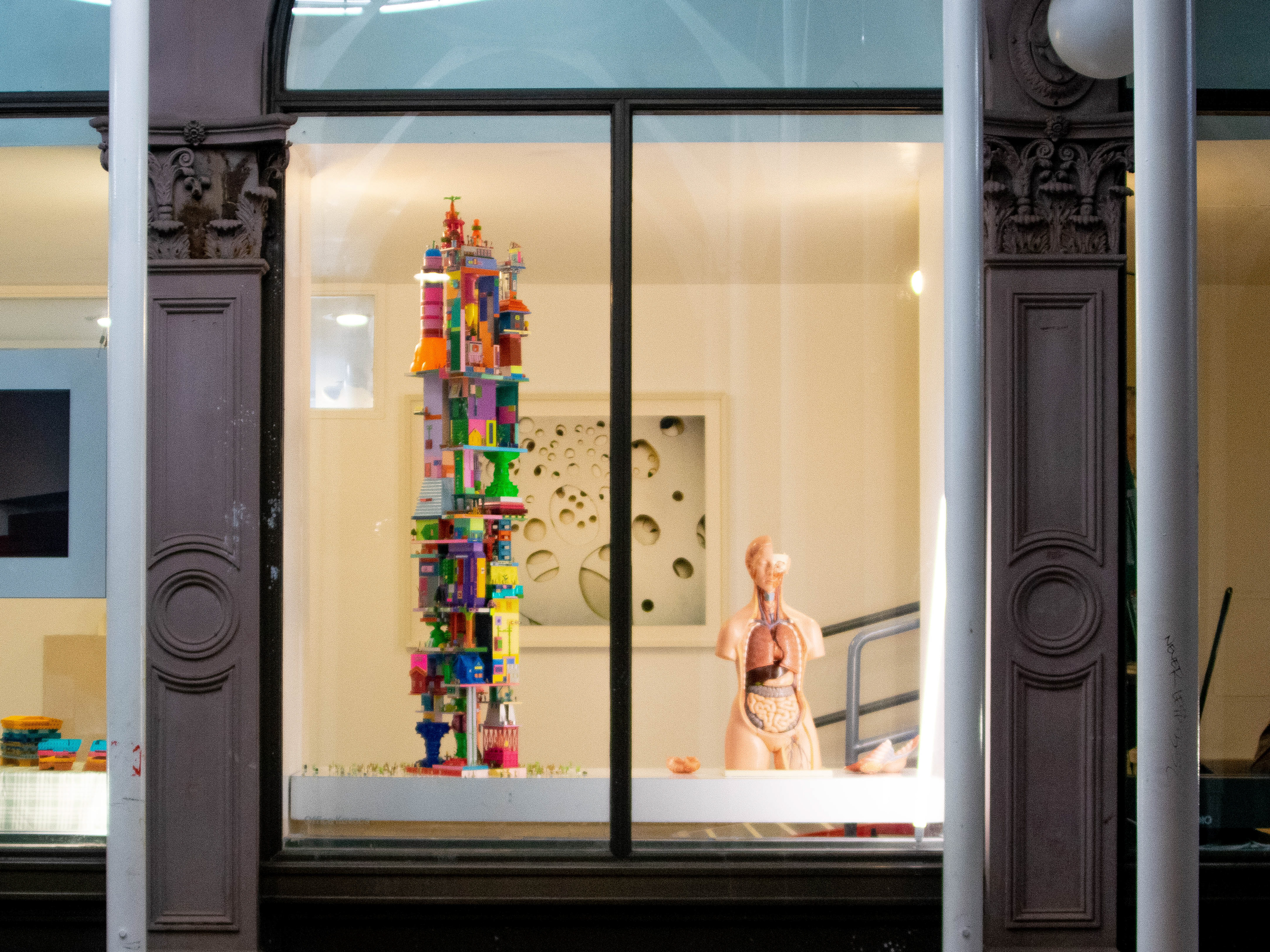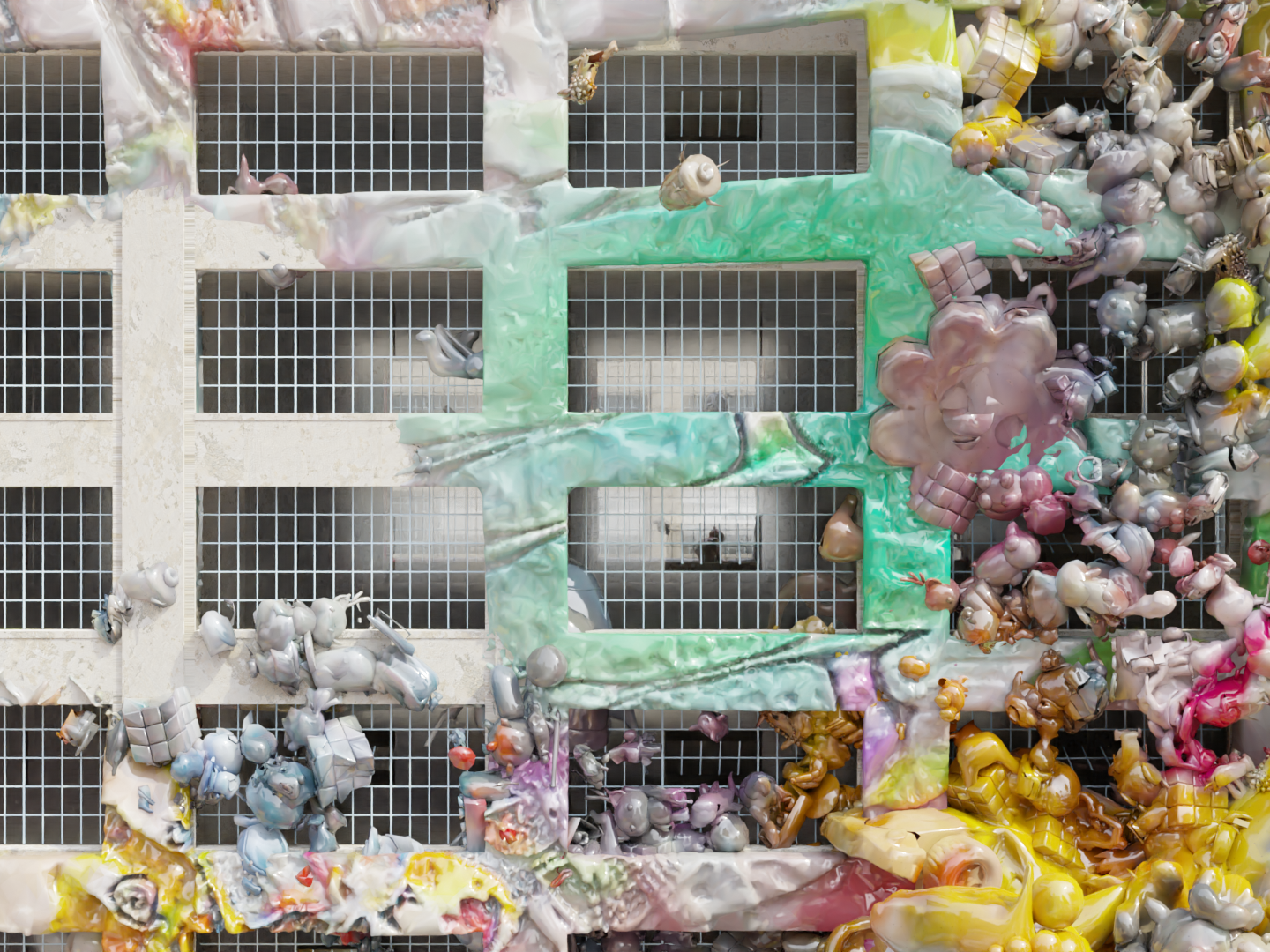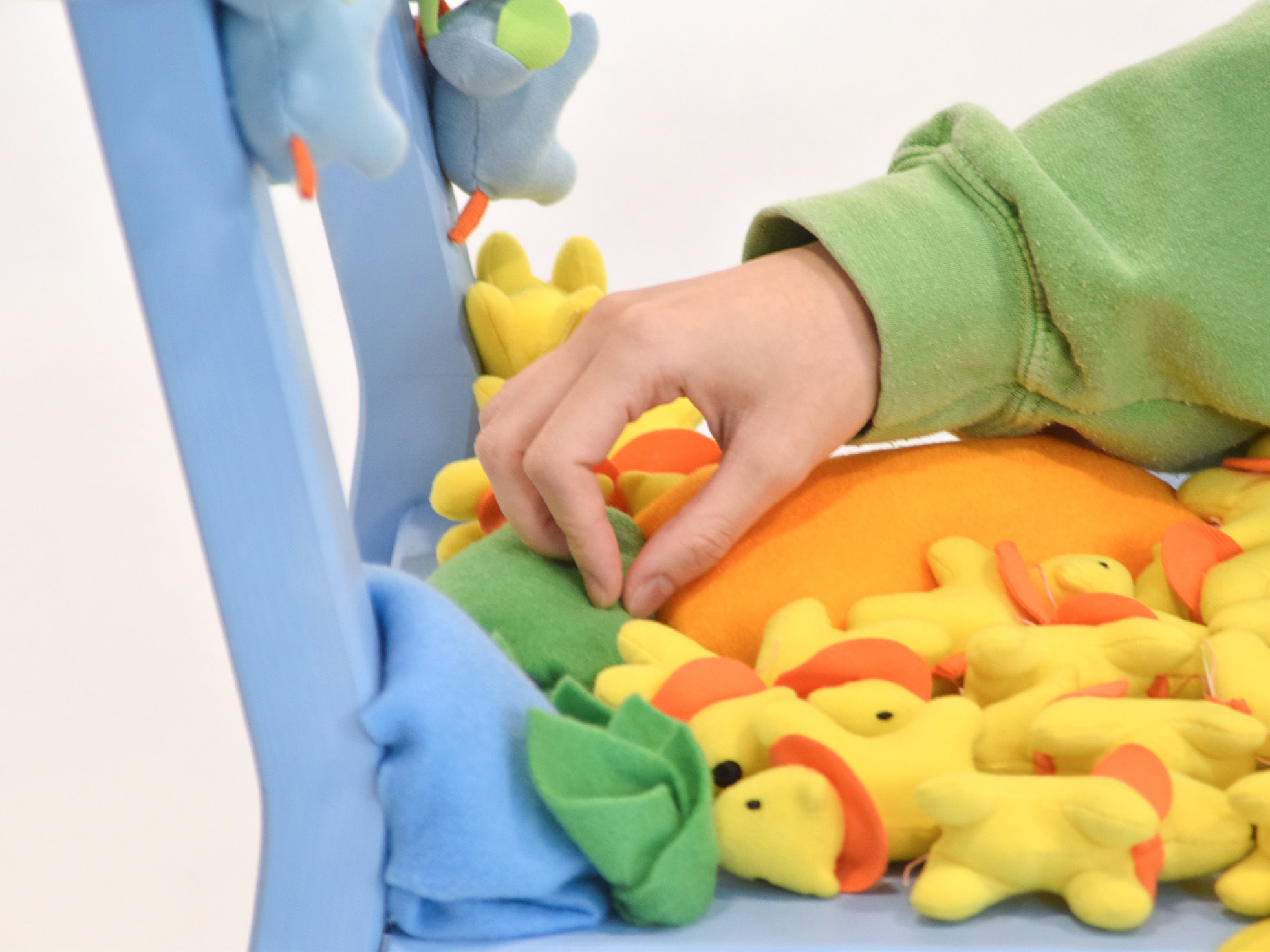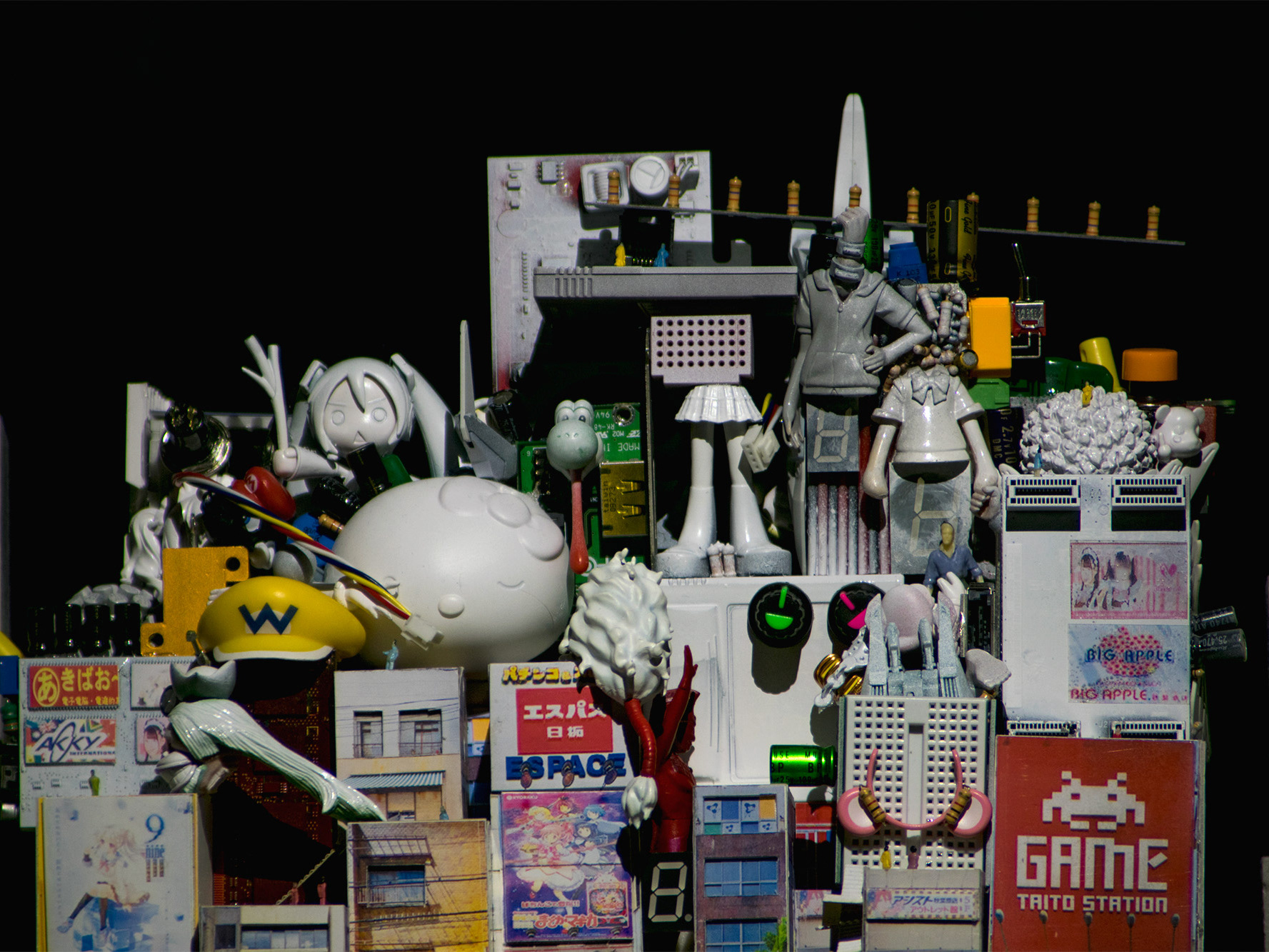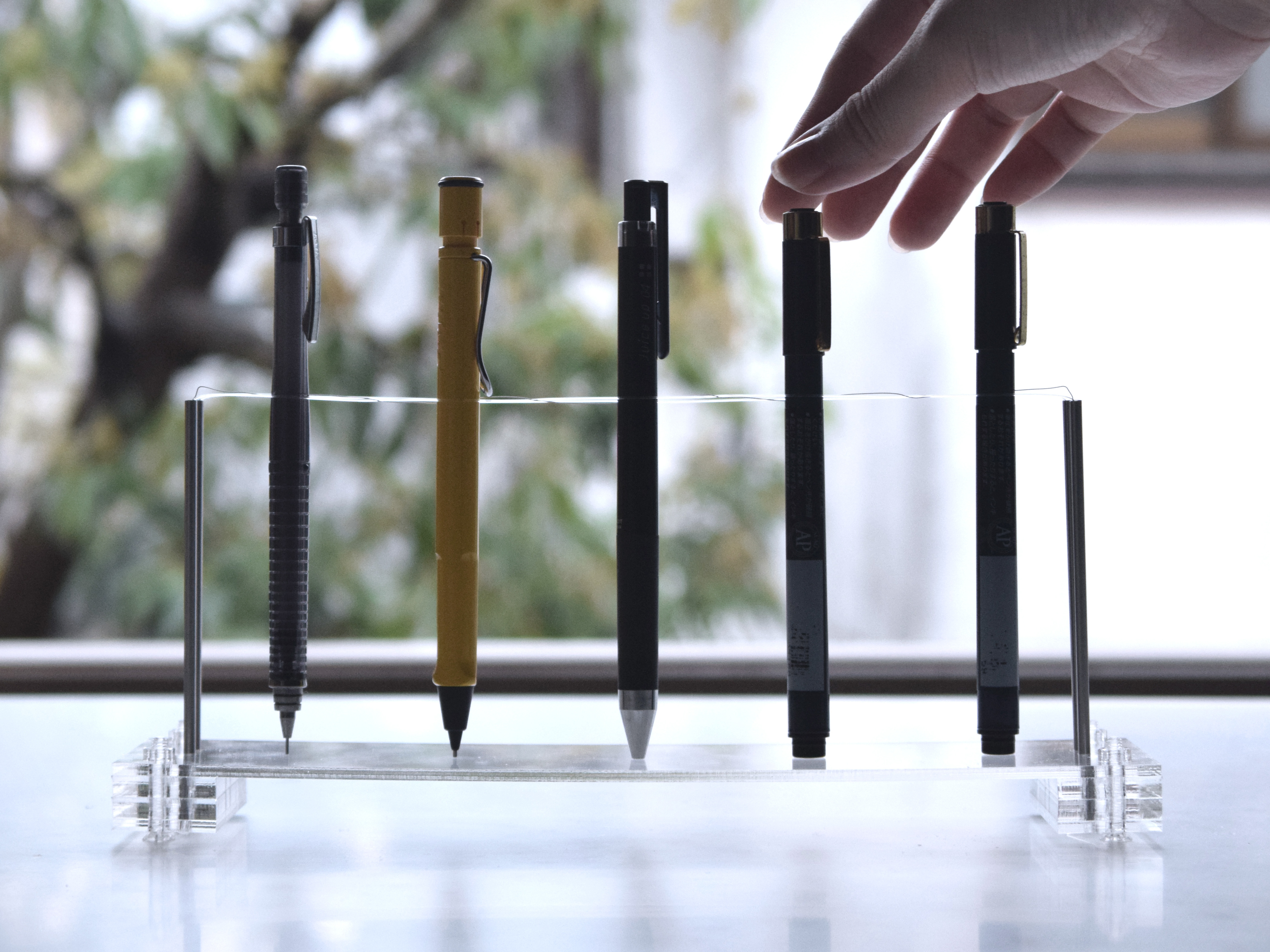COVID-19 has drastically changed the nature of transportation: during the peak period in April, the number of rail passengers dropped to 30~40% of the normal level, and the raison d'etre of the railroads is being questioned. In addition, the number of rail passengers is expected to decrease due to the declining population and the development of automated driving technology. Therefore, services that add value to the act of riding a train and enrich our lives are needed.
Providing New Library Values
With the development of the Internet, the information we want is now readily available. You can easily buy the books you want on amazon. E-books have become more popular, and fewer and fewer people are picking up real books. Modern libraries are questioning their role due to technological innovation. New library values are needed that go beyond just exploring for information.
Encounter / Passing each other
We believe that libraries are places where we can encounter new experiences/knowledge/stories/ourselves ...... through books. And sometimes, the library can be such a place, where we are led by chance to unexpected encounters.
Riding a train is an act of passing many strangers, although we usually do so without thinking. I thought that many of these passings might be the seeds of chance encounters. Thinking about it, when we get on a train, we are getting on because we want to meet someone or something.
Bookshelf made of books that happen to be placed there
The library is managed by attaching a 2cm x 2cm IC chip sticker. This makes it possible to search for individual books to see what book is where. Since the location information of each book can be managed, it is no longer necessary to sort books by category. People can borrow a book, finish reading it, and return it to any bookshelf, making each bookshelf unique in its own way. A bookshelf made up of books that happen to be placed there creates the presence of people who are not there and chance encounters.
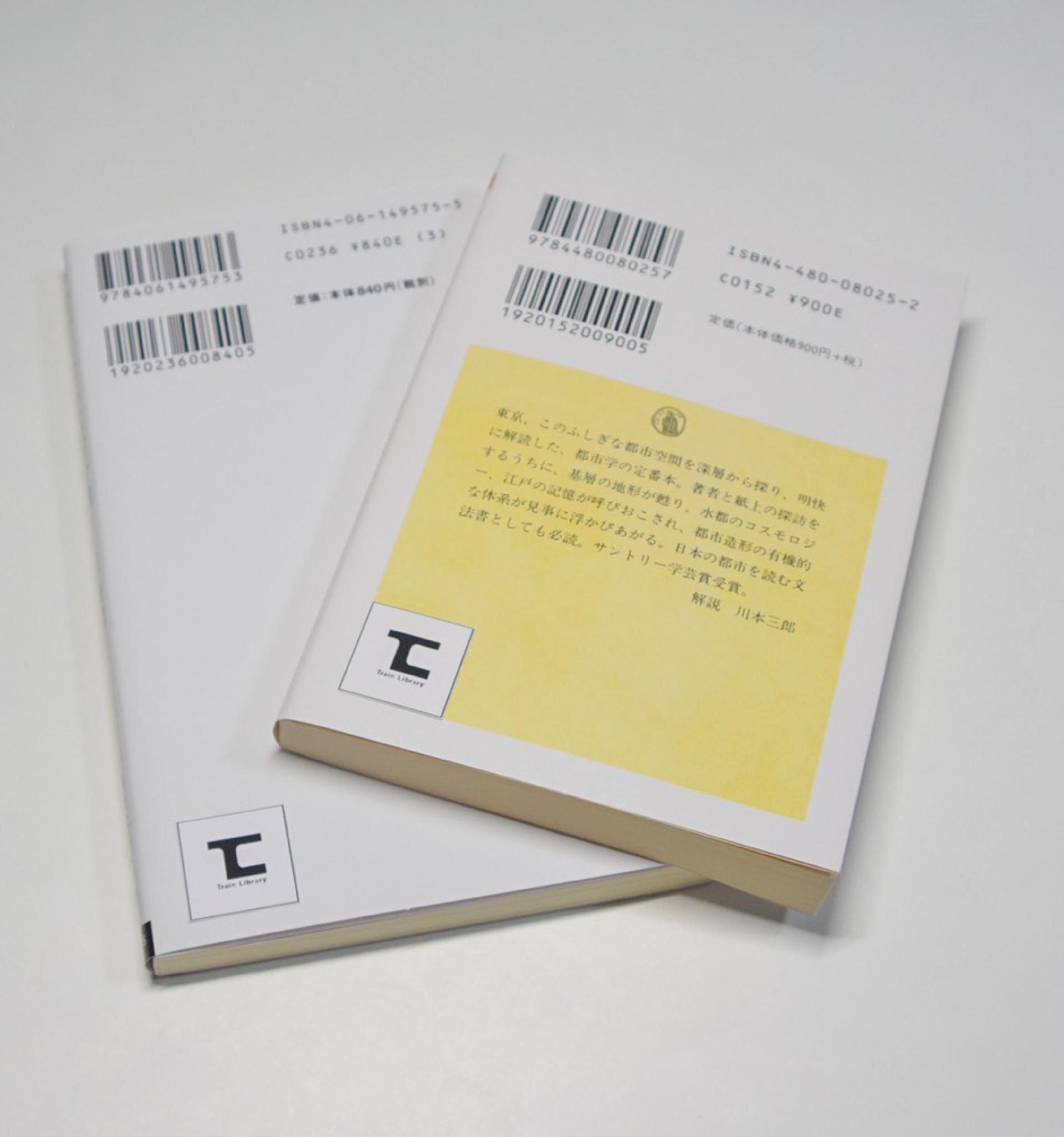
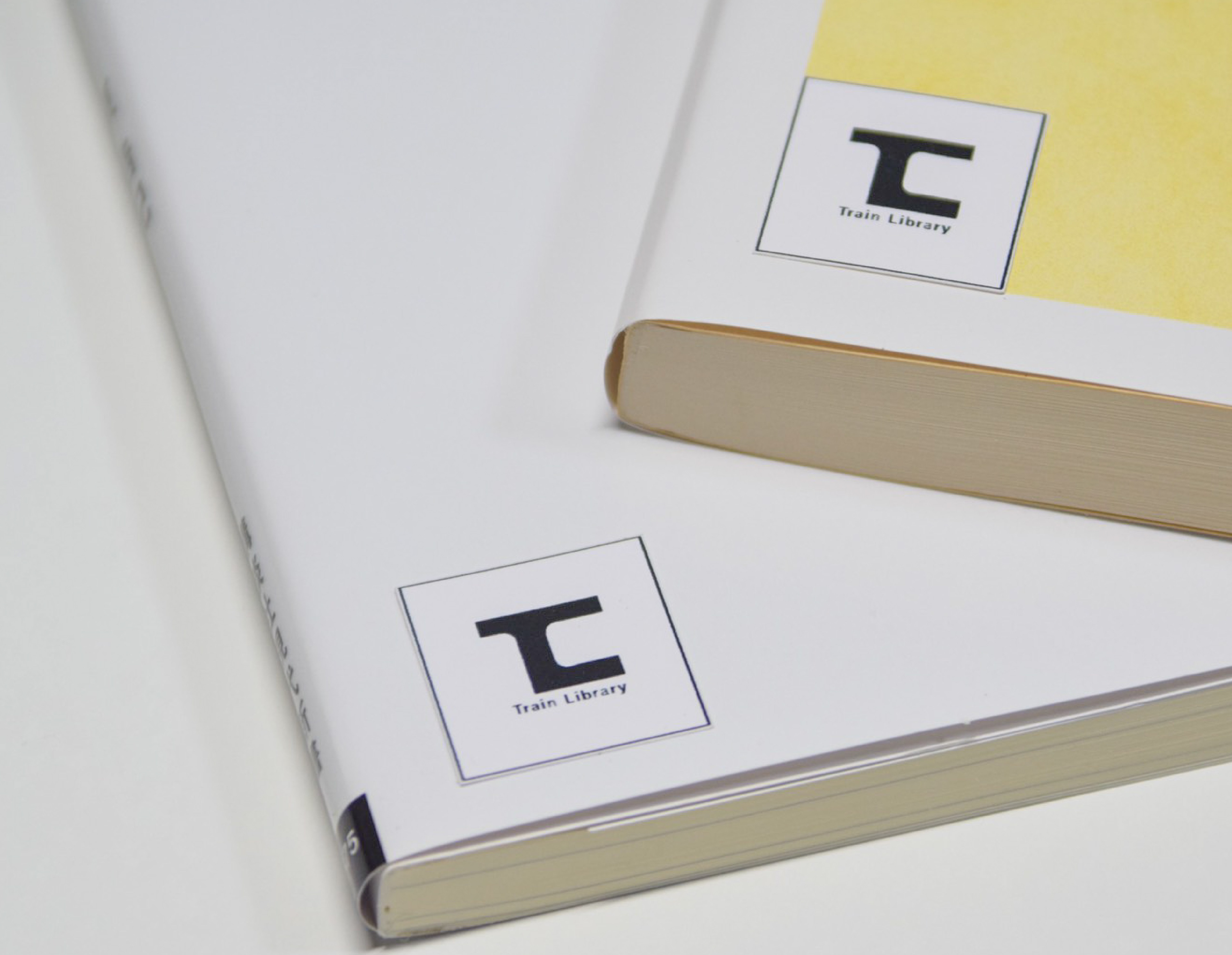
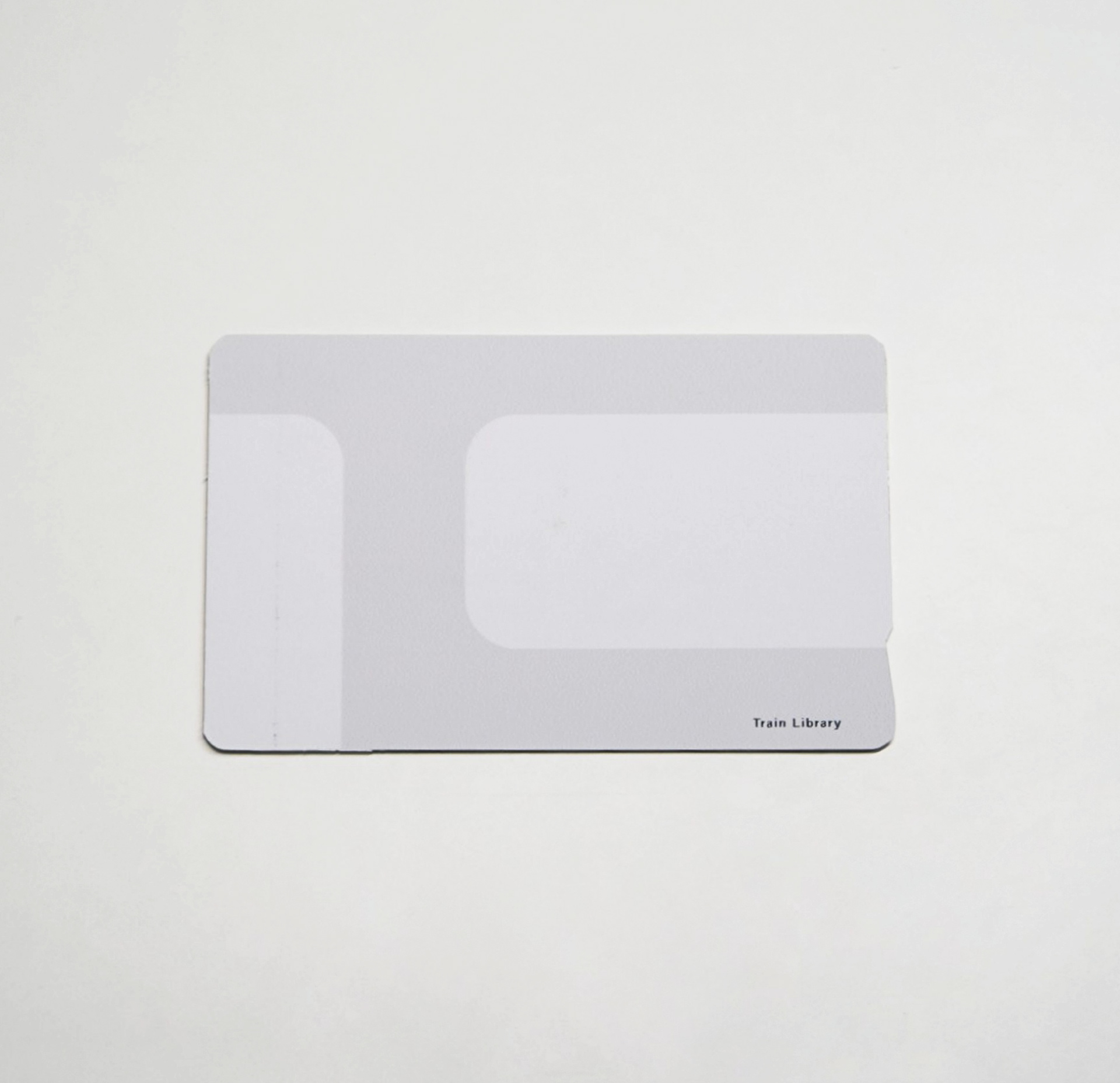
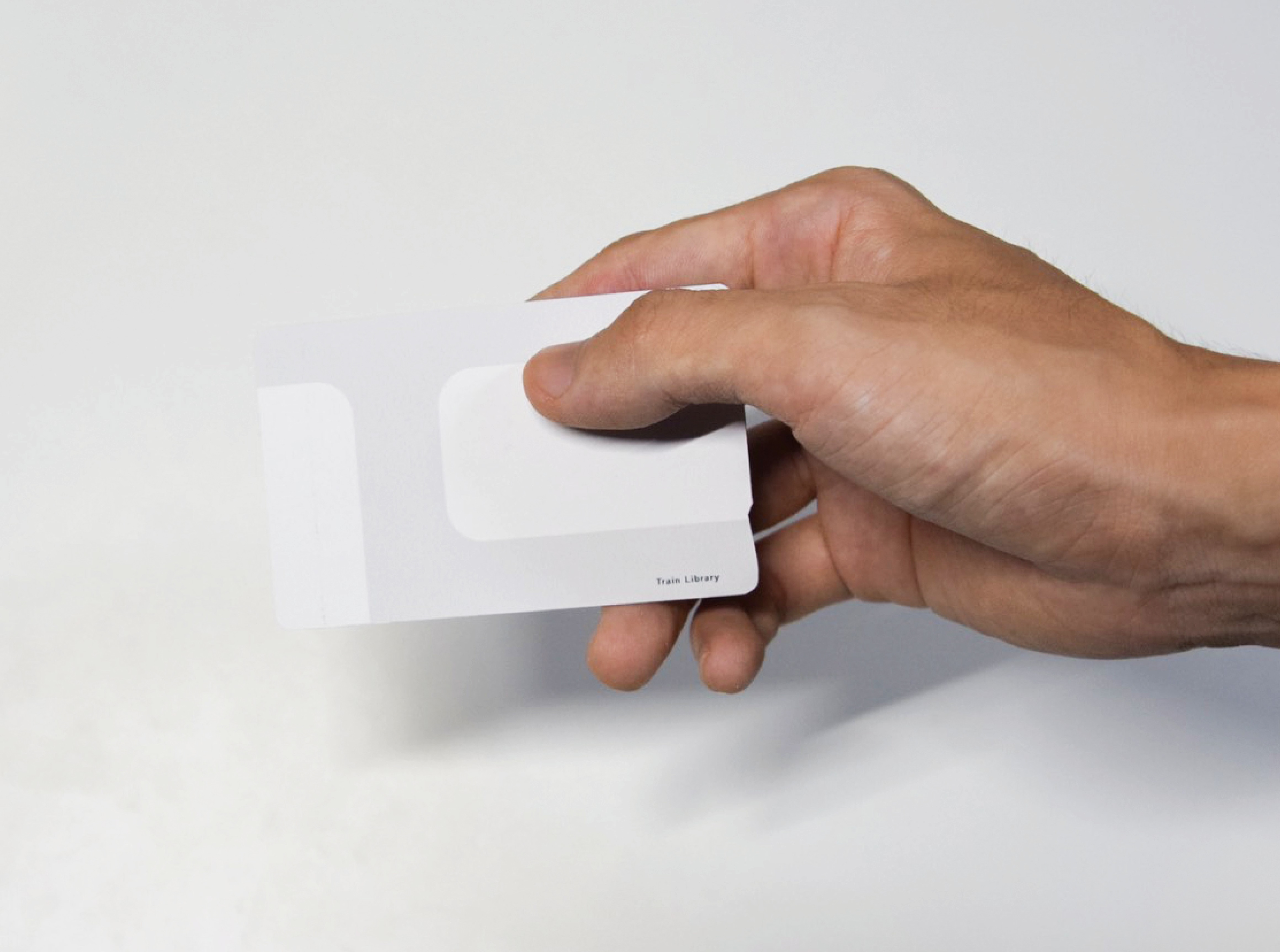
On the spot, immediately, and easily.
The currently popular transportation system IC card is used as a library card. Just touch the book and IC card to the reader to complete the procedure, so you can borrow a book right away on the train or on the platform. To return a book, simply touch the card and return it to the nearest bookshelf. You will be much closer to the book.
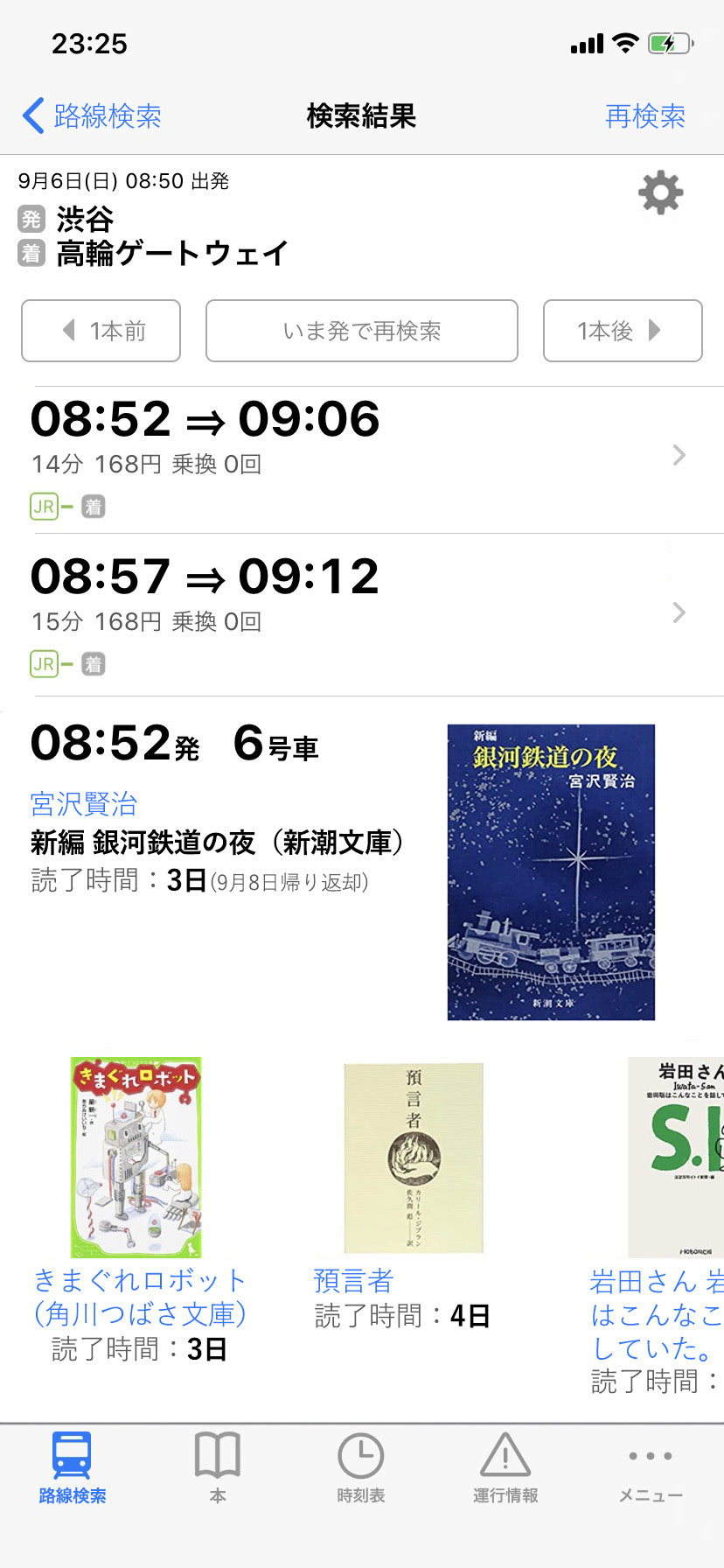

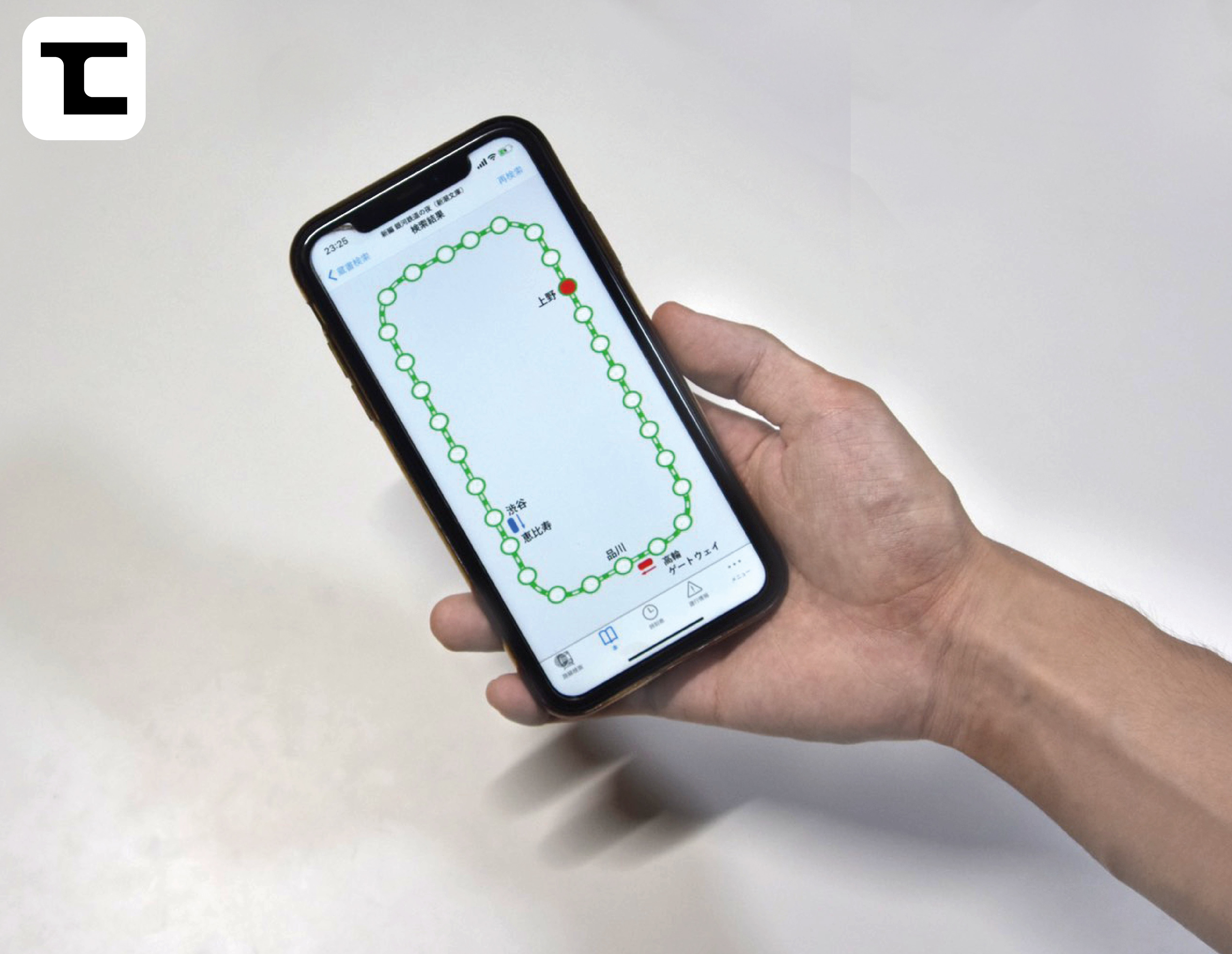
Follow the books and get on the train.
This application will tell you the recommended books to read on the train you are planning to take when you search for a route to take the train. It tells you how long it will take you to finish reading the book, so it is suitable for both those who want to read the book thoroughly and those who want to read the book easily. Also, if there is a book you want to borrow, it will tell you which train and which station has that book. You can encounter the book while riding the train, or you can follow the book to the train. Of course, you can also use this application to manage your reading time, history, etc. in addition to the borrowing procedure.

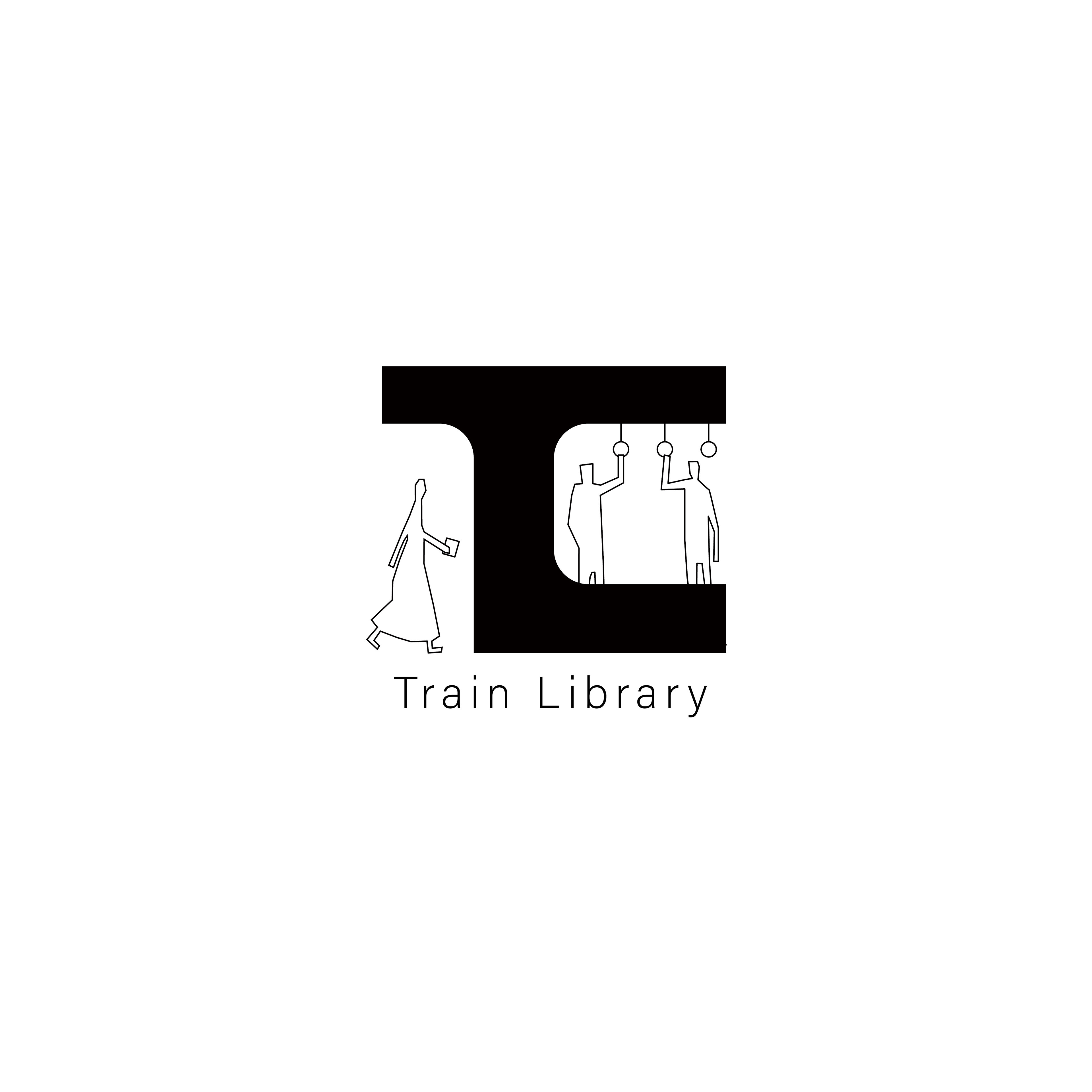

A logo that bears expansion and imagination
Since we named this project "Train Library," we combined the letters T and L to create the logo. The logo is composed of simple geometry, so it fits well when combined with other objects. The logo is expansive and imaginative, with illustrations of the logo as a train and sales of merchandise.
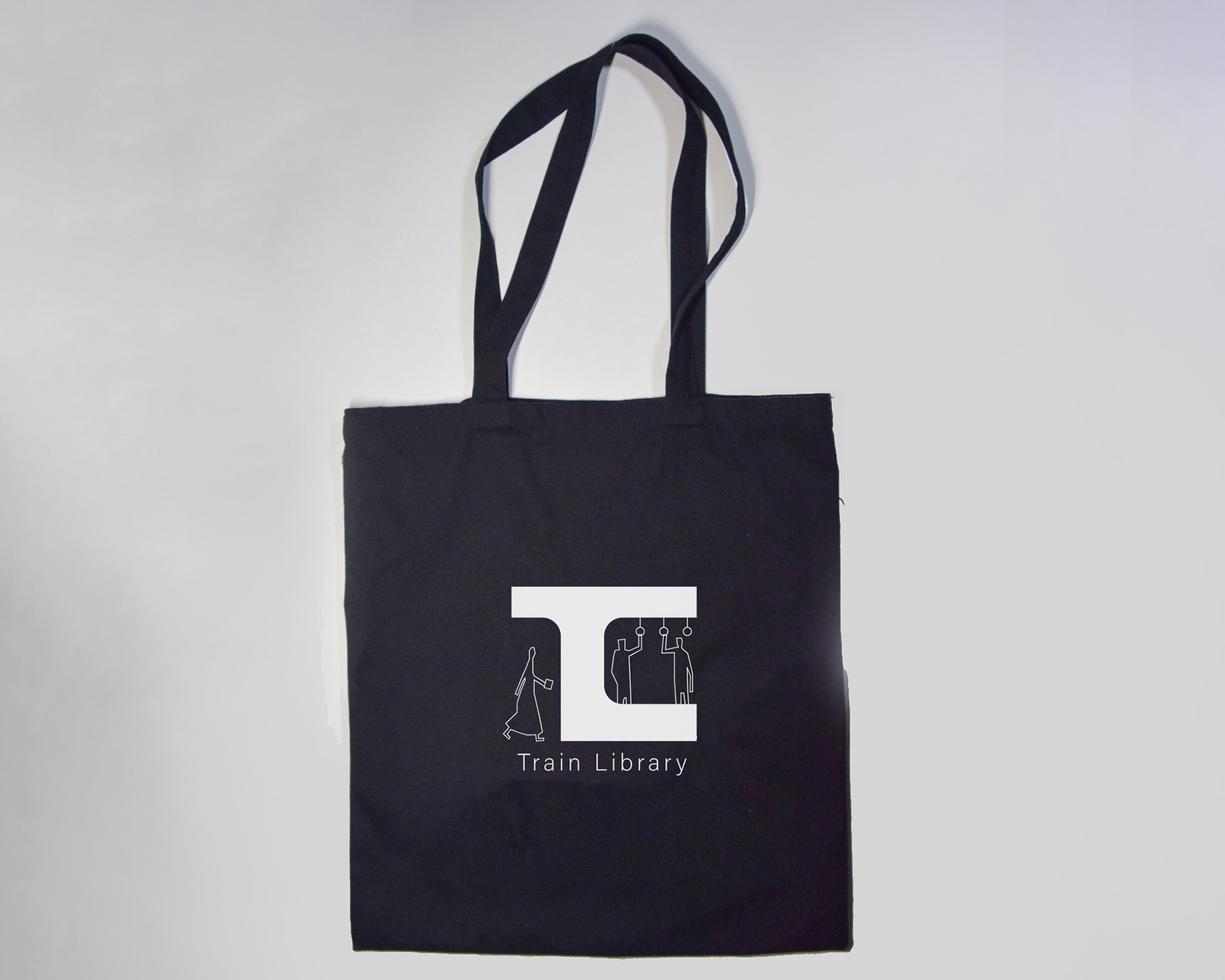

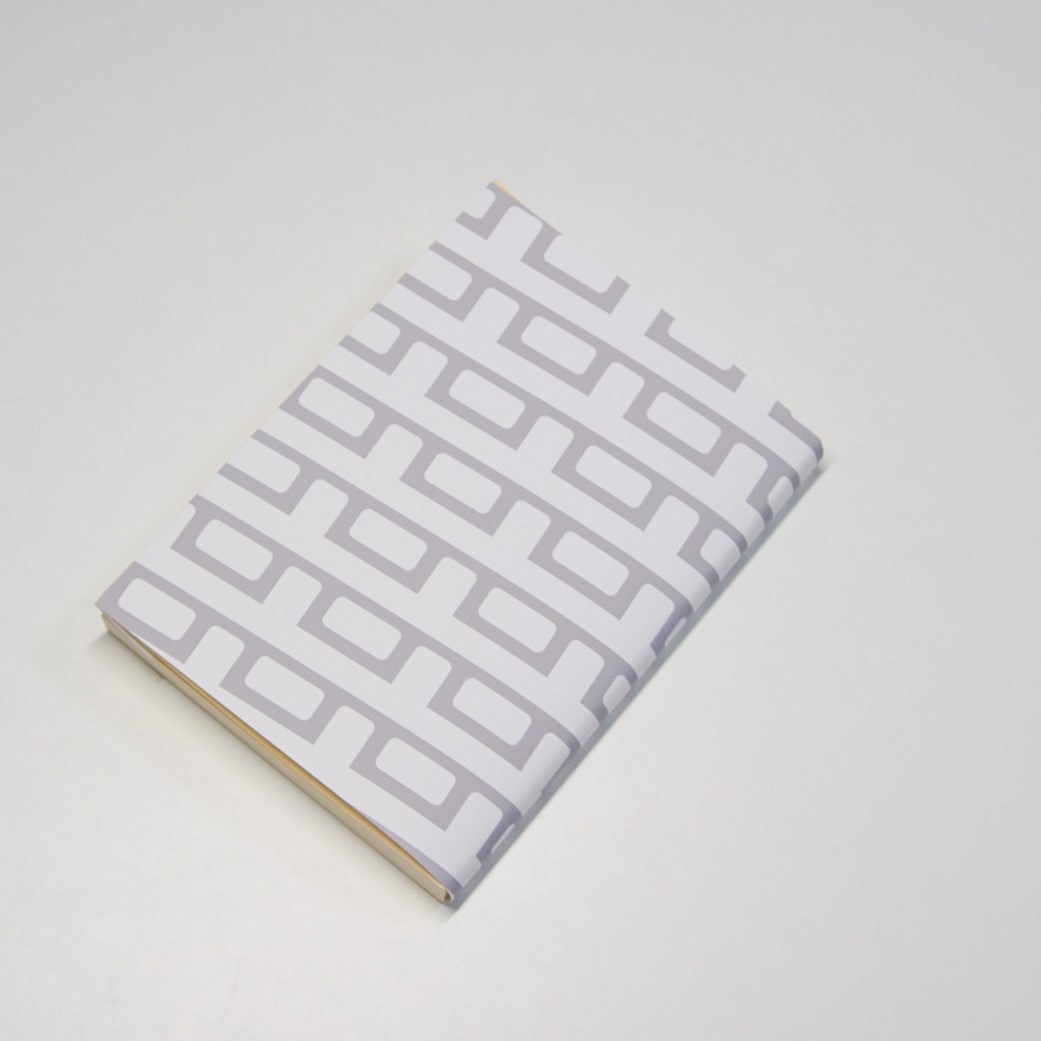
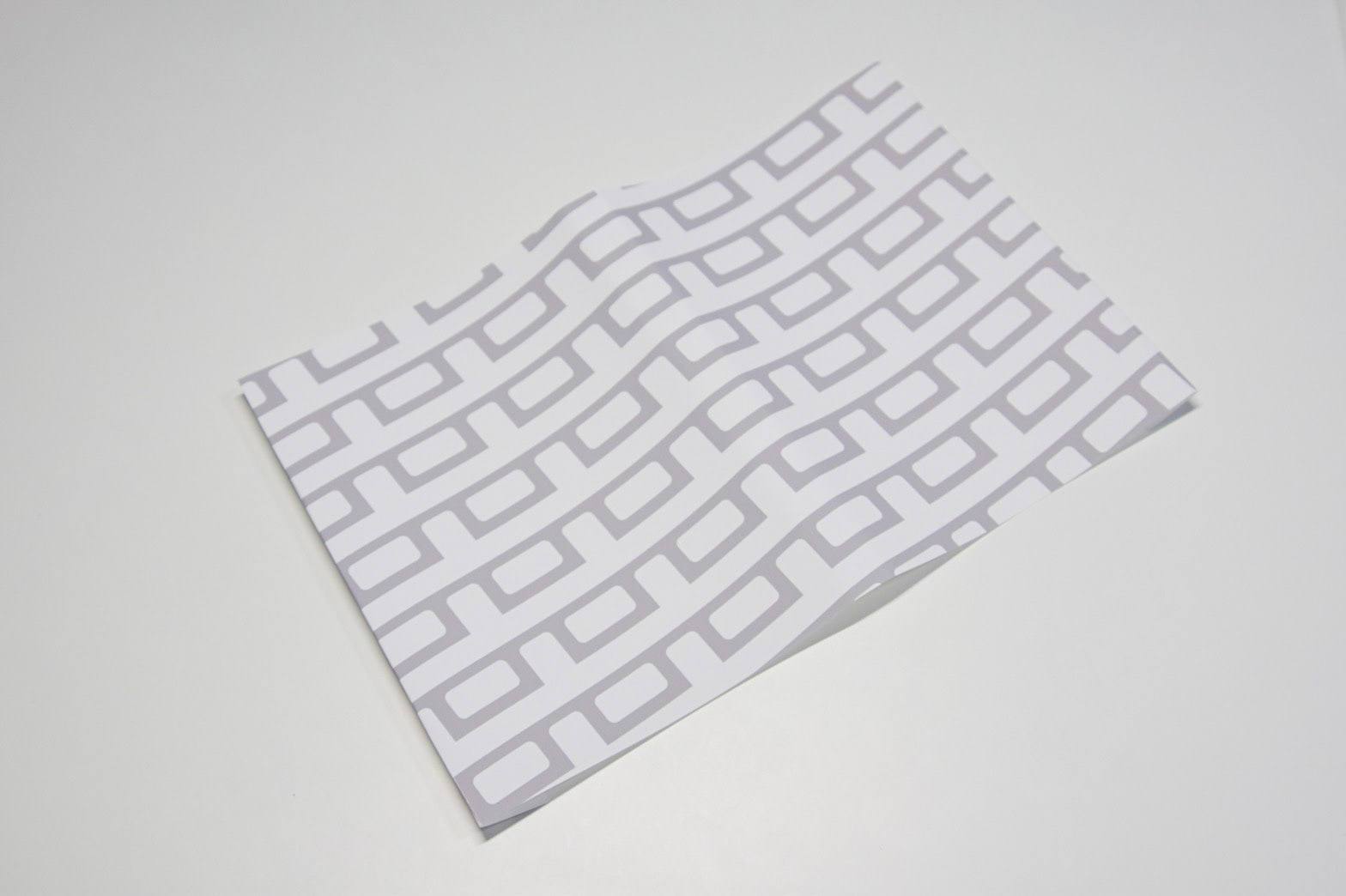

New encounters.

Oh, did I get the wrong car?
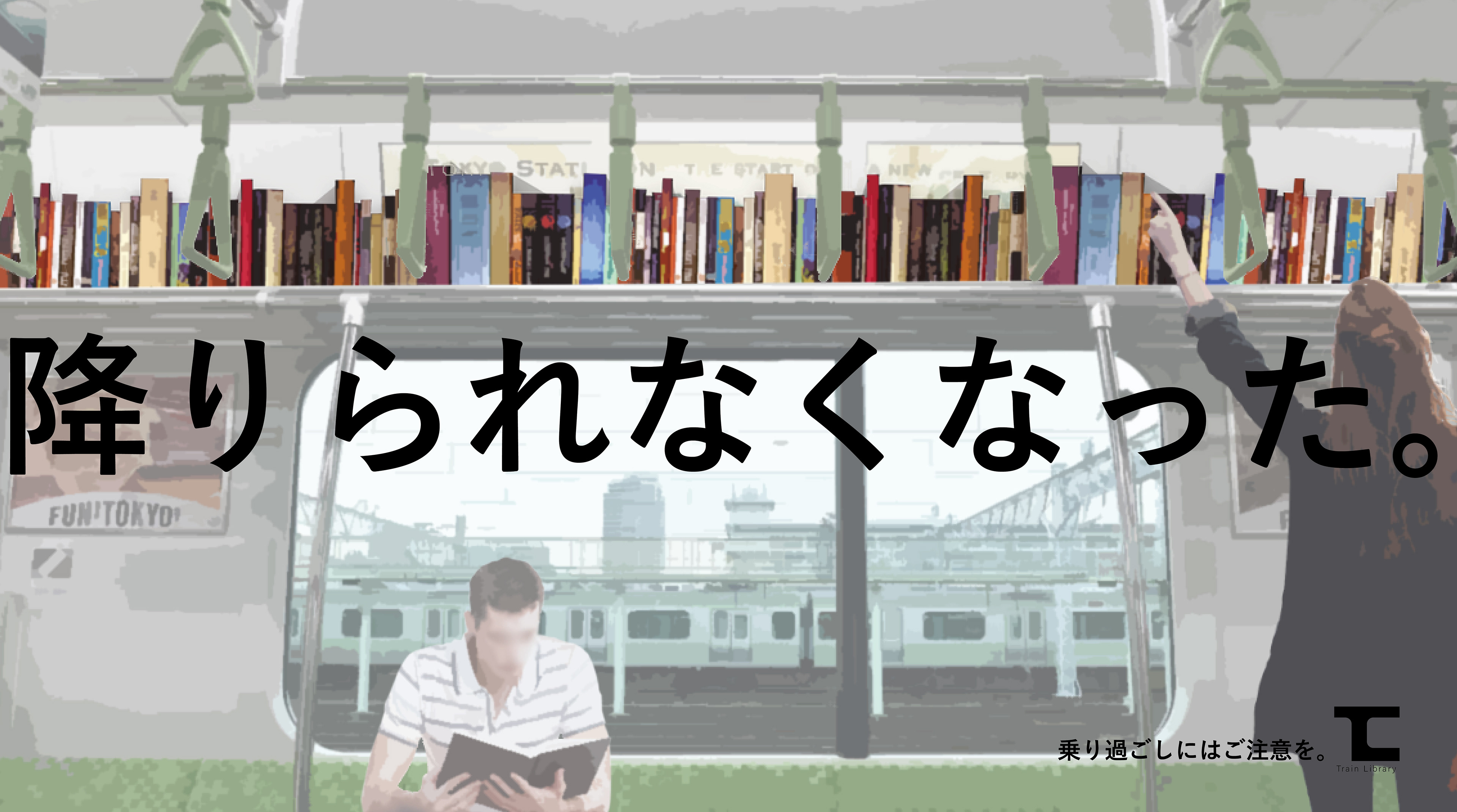
I couldn't get down.
Reference: Number of books in the library
A standard bookshelf can hold about 35 books at 90 cm per shelf, which means about 136 books can be stored per one place (about 350 cm) of a train's screen shelf. Assuming that each train car has 8 shelves, and since the Yamanote Line has 11 cars per train, 52 trains in all, the total number of bookshelves per train is 136 x 8 x 11 x 52 = approximately 622336 books can be stored. Simply by converting all of the bookshelves on the Yamanote Line into bookshelves, the library can accommodate a population of about 300,000 people. If bookshelves were installed on the platforms and walls at each station, the library would boast an enormous collection of books.
